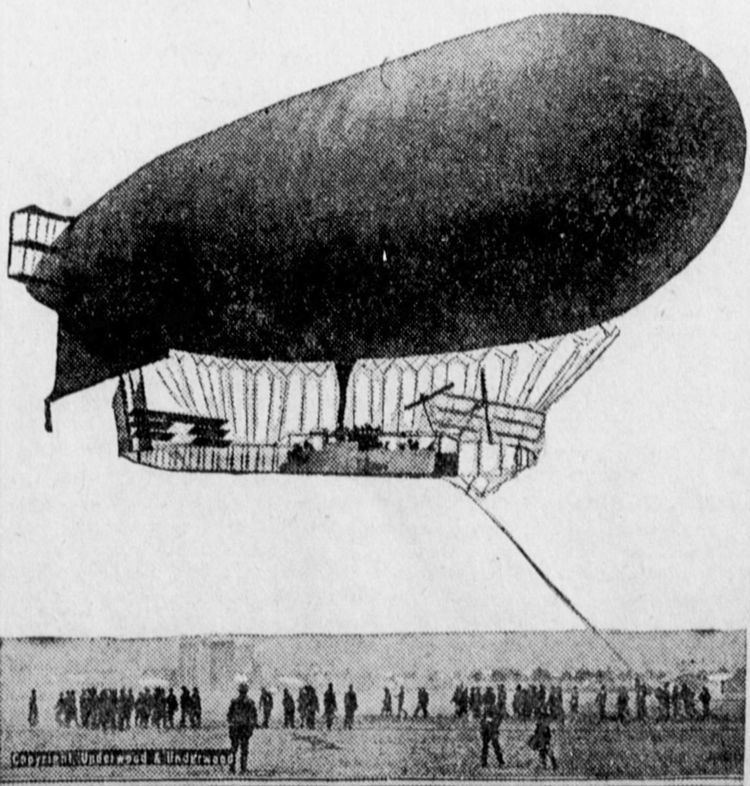 | ||
This is a list of aviation-related events from 1912:
Contents
Events
January–March
April–June
July–September
October–December
Deaths
January
February
March
April
May
August
References
1912 in aviation Wikipedia(Text) CC BY-SA
 | ||
This is a list of aviation-related events from 1912: